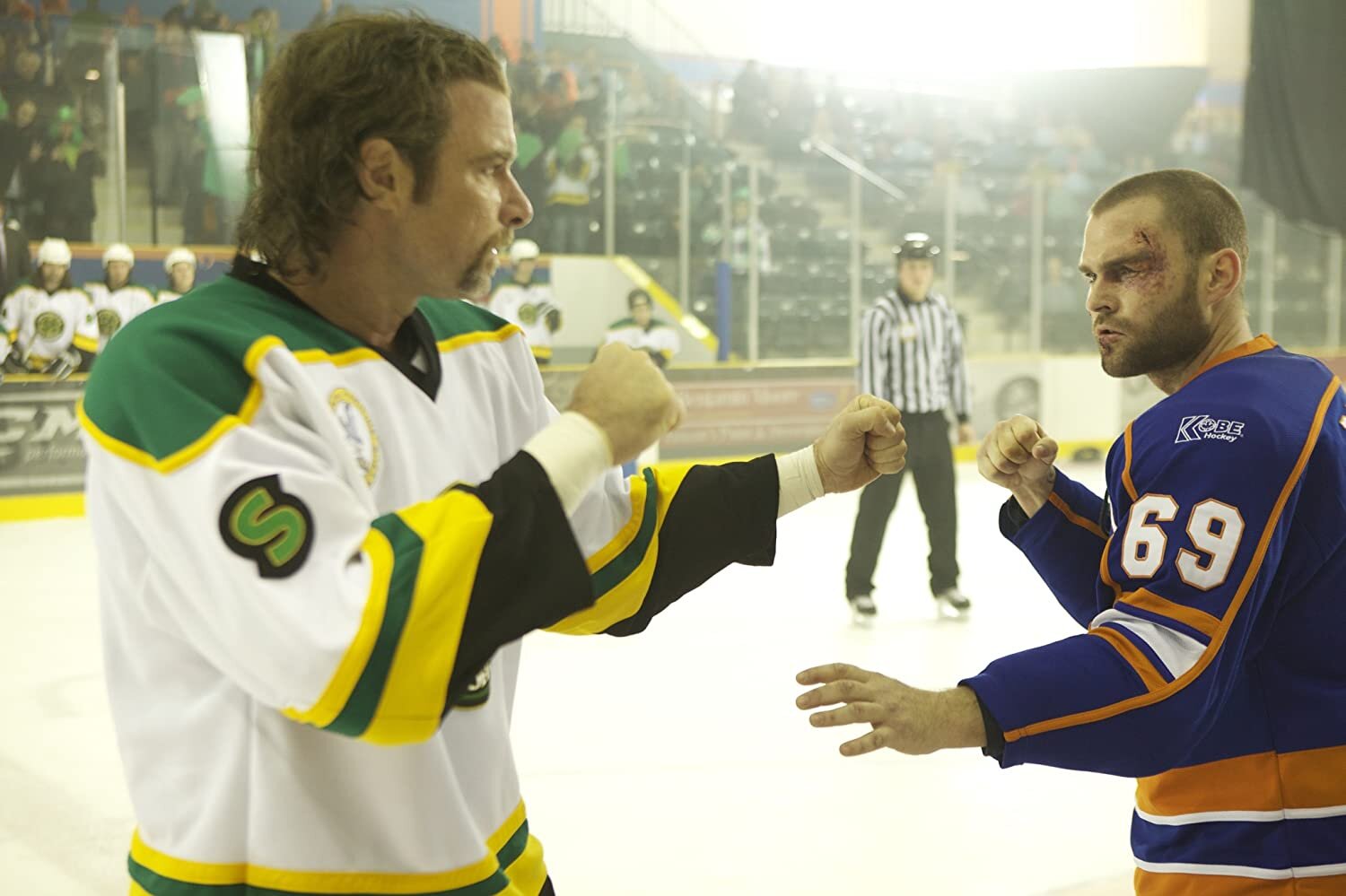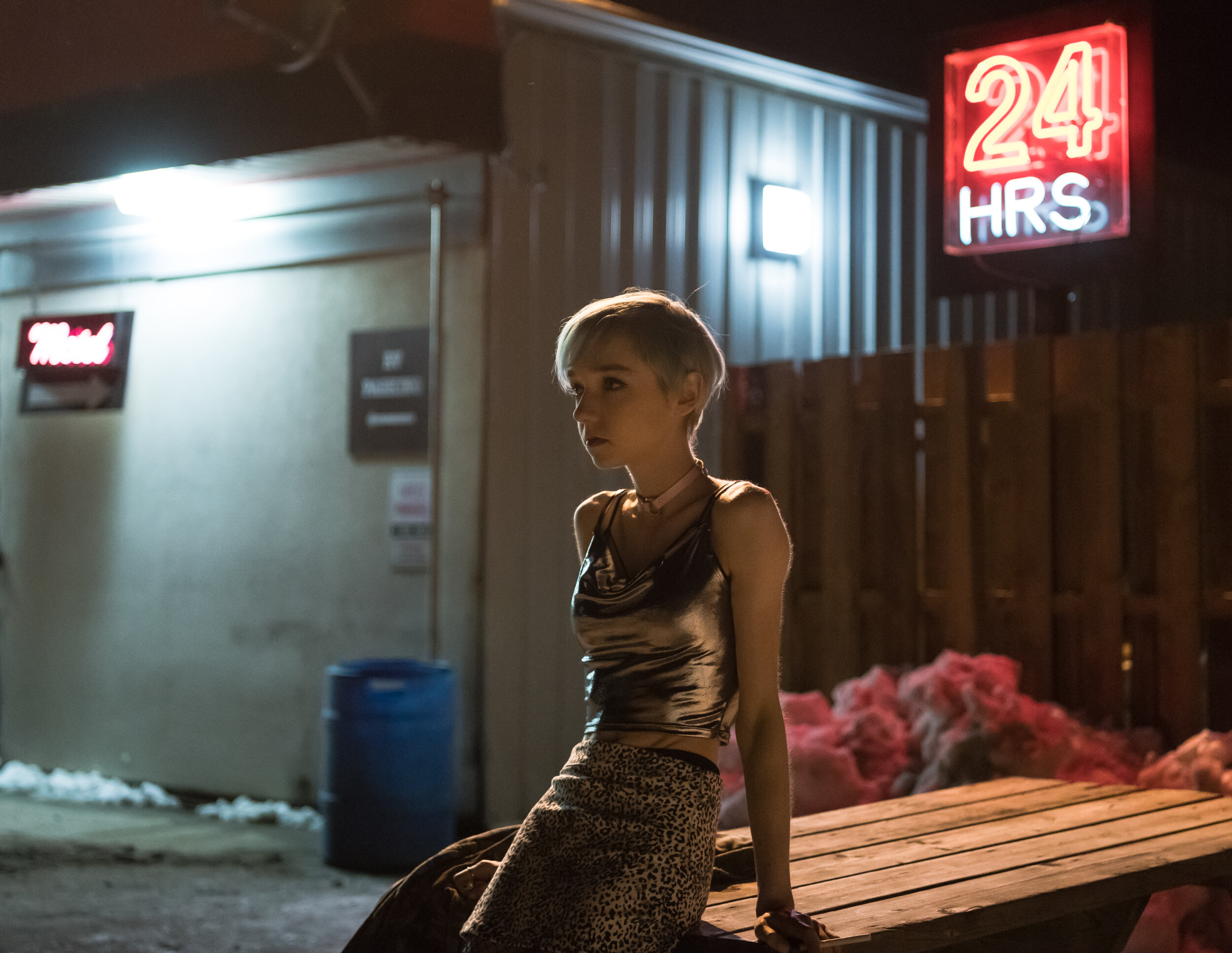An underrated gem in Canadian cinema
By: Aditi Roy
Still from I’ve Heard the Mermaids Singing
The 1987 Canadian film I've Heard the Mermaids Singing is less of a film and more of an experience. This queer cinema gem is an uplifting story everyone should watch.
The title of the film comes from T. S. Eliot's poem "The Love Song of J. Alfred Prufrock." The line is derived from the phrase "I have heard the mermaids singing each to each. I do not think that they will sing to me." This line captures T. S. Eliot's feeling of unworthiness to get the attention of potential women love interests. Though this poem does not directly correlate to the film, we see elements of this realization within the life of our main character, Polly Vandersma.
Director and writer Patricia Rozema takes us into the world of Polly. Wonderfully played by Sheila McCarthy, this goofy character wins your heart by being a relatable woman in her thirties who is fun-loving yet deeply insecure. She isn't your typical put-together woman lead, but her innocence and kind-heartedness make her one of the most compelling characters in the film.
Polly is an amateur photographer who serves as an assistant in one of Toronto’s art galleries. We see her journey navigating the daunting and superficial art world while simultaneously falling in love with the gallery manager Gabrielle St. Peres, played by Paule Baillargeon.
We closely follow Polly's endeavours that occur more in her vivid imagination than in reality. In this film, we see Polly discover herself and come to varying realizations about her current state in life.
This one-of-a-kind film is beautifully tied together by its direction, cinematography, acting and storyline that works harmoniously together.
Douglas Koch, an acclaimed Canadian cinematographer, enhanced the film's message through his extraordinary camera work. Scenes of Polly's daydreaming sessions wonderfully capture the mystical figments of her imagination. We see Polly climbing the surface of a tall glass building only to fall down screaming. But this fall doesn't lead to disaster. In fact, she starts to fly! Polly continues to soar and admire the scenic views of Toronto while opera music plays in the background. Such colourful dreams make a frequent appearance in the film. His work in the film creates a wonderful viewing experience. The Academy of Canadian Cinema even recognized Koch's outstanding work as he was awarded the Genie Award for Best Cinematography.
Meanwhile, the interactions between characters are captured authentically, making you feel like you are present with Polly as she stumbles into the most hysterical encounters. The story centres on Polly and her interactions with art gallery manager Gabrielle. We see the two characters develop a close relationship. Polly admires Gabrielle; she represents everything she's not: successful, elegant, and put together. She even gives Polly a full-time position at the gallery. Gabrielle looks past Polly's flaws, making her feel seen and recognized in a way she hasn't been before.
Though they have ups and downs during their journey, there is a sensitivity to their relationship that makes it seem genuine and unique. The two never date, but we sense the proximity they have through each scene. Each shot builds upon their relationship and captures the subtleties of their growth.
To say that director Patricia Rozema plays a significant role in this movie is a severe understatement. Rozema wrote, produced and directed this piece: this is her directorial debut. Her great direction fulfilled her vision of creating an impactful and unique film. In addition, she managed to perfectly administrate each production element to make the piece fluid and engaging.
Patricia Rozema's innovative use of music was also first showcased through I've Heard the Mermaids Singing. Rozema revealed in interviews that when directing films, she organizes camera shots in a musical sense to provide the movie with an effortless flow. In addition, her decision to focus her story on idiosyncratic characters provides the audience with new, exciting stories that they are unfamiliar with. As a result, Patricia Rozema manages to find a sense of transcendence through this well-executed film.
Despite the production's incredible work, the highlight of I've Heard the Mermaids Singing is undoubtedly the phenomenal acting. Sheila McCarthy steals the show with her portrayal of Polly, an eccentric and unconventional character. McCarthy managed to bring dimension to her with her subtle quirks and authentic delivery. Sheila McCarthy makes the mess that is Polly Vandersma into a charming and captivating character.
McCarthy's co-star Paule Baillargeon also does an exceptional job portraying the mysterious, sensual and elegant French Canadian art gallery manager. Other actors in the film include Brenda Kamino, Ann-Marie MacDonald, Richard Monette, John Evans and Rebecca Jenkins. Although this is a comedy film, the acting isn't overly dramatic and loud; it remains subtle. While the movie's central focus is Polly, all the actors playing the supporting characters give exceptional performances.
If you are looking for a charming and hysterically funny queer movie, this is a must-watch. This extraordinary film makes you feel invigorated, offering you a more carefree perspective on life.
RATING: 4/5


























